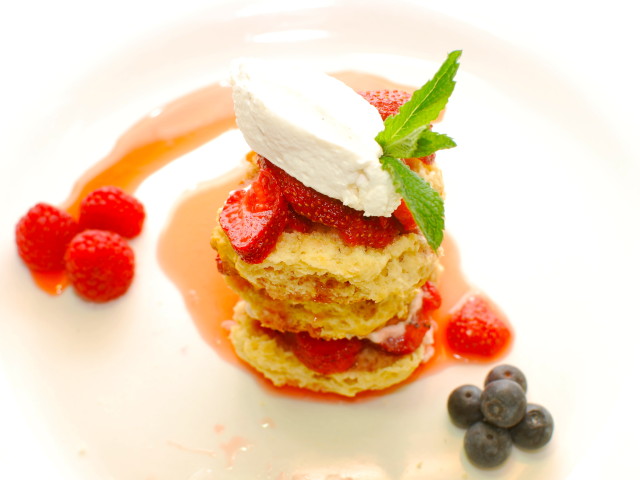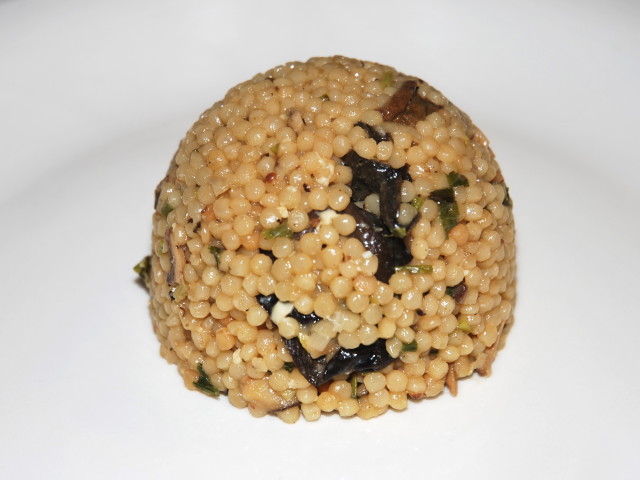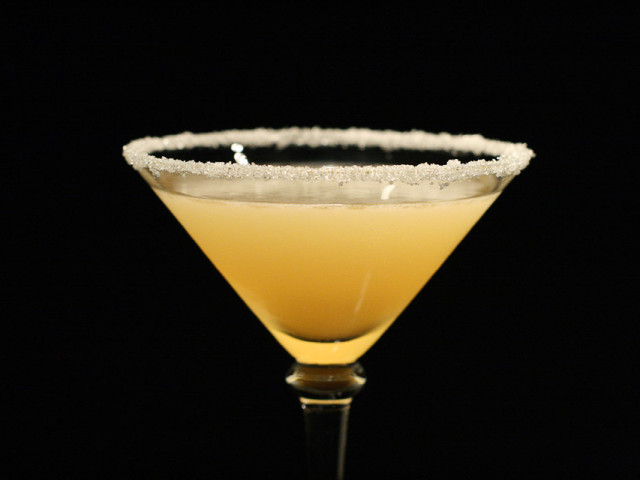
Strawberry Shortcakes (Desserts | American)
Read More

Risotto is one of the most well known dishes of the italian cuisine. There are many elements involved in making risotto and frankly making a risotto quickly is like making fat free butter. But there is no reason why we cannot replicate the taste, and the texture of the risotto in an alternative dish. The two basic structural elements of the risotto texture are the chewy, but cooked, rice, and a very creamy texture. The creamy texture, although there is the addition of the a little cream, come mainly from the rice. Rice… A quintessential class of a grain that literally changed the world. A grain that for centuries has been the power of an entire continent, the asian condiment that is, and there was no surprise that it took over the world. It is a commodity became a stable item in may different cuisines. I am happy to say that we already dealt with it in this blog with rice recipes. Today we will not.
Read More
The Sidecar is a classic cocktail traditionally made with Cognac, Cointreau, and lemon juice. It is one of six basic drinks listed in David A. Embury’s classic (The Fine Art of Mixing Drinks). The exact origin of the Sidecar is unclear, but it was created around the end of World War I in either London or Paris. It is a variation on the older Brandy Daisy (brandy, yellow Chartreuse, and lemon juice). The first recipes for the Sidecar appear in 1922, in both Harry MacElhone’s Harry’s ABC of Mixing Cocktails and Robert Vermeire’s Cocktails and How to Mix Them. In early editions of MacElhone’s book, he cites the inventor as Pat MacGarry, “the Popular bar-tender at Buck’s Club, London”, but in later editions he cites himself. Vermiere states, “This cocktail is very popular in France. It was first introduced in London by MacGarry, the celebrated bar-tender of Buck’s Club.” David A. Embury (The Fine Art of Mixing Drinks, 1948) credits the invention of the drink to an American Army captain in Paris during World War I “and named after the motorcycle sidecar in which the good captain was driven to and from the little bistro where the drink was born and christened”.
Both MacElhone and Vermiere state the recipe as equal parts Cognac, Cointreau...
Read More